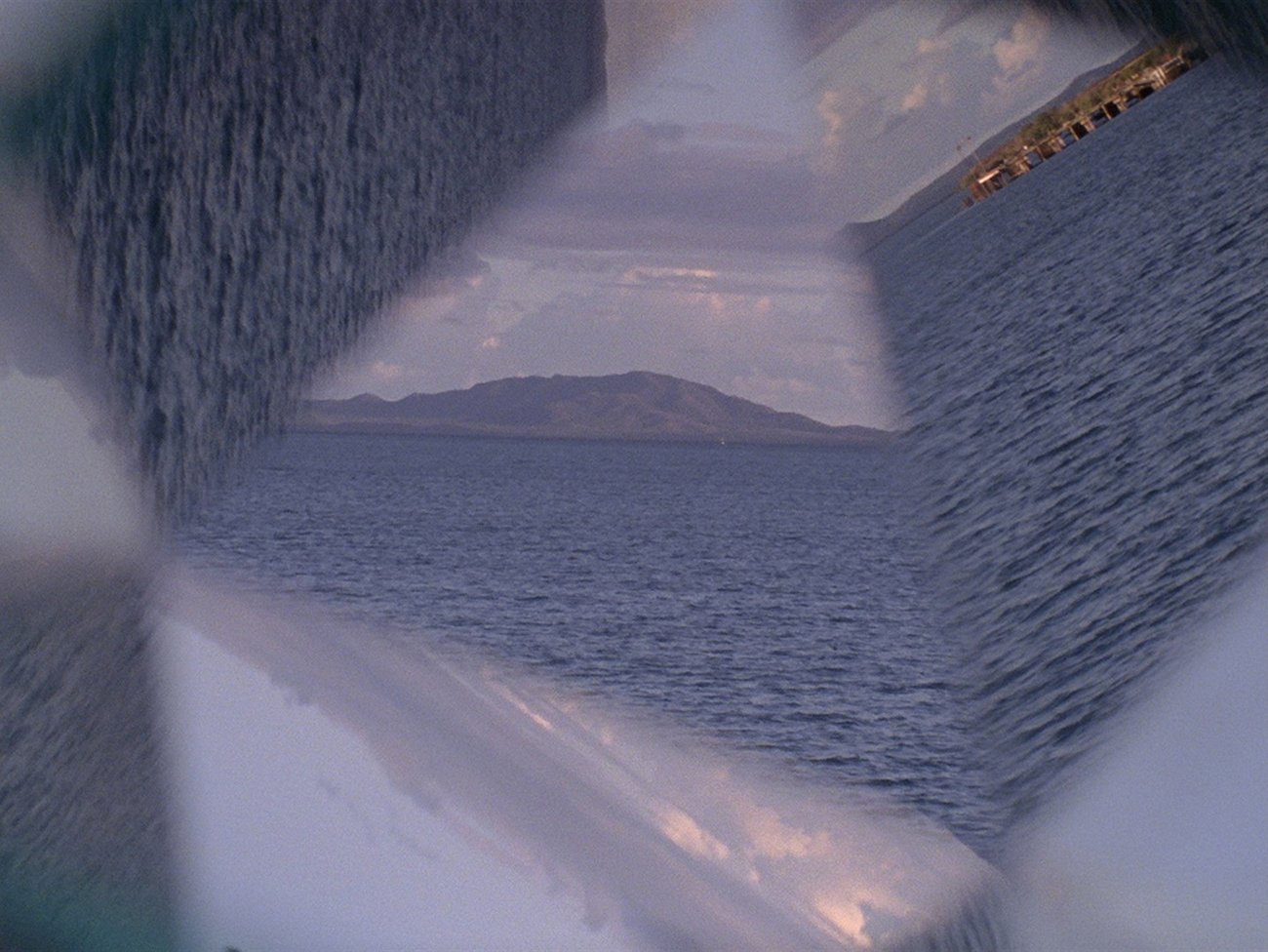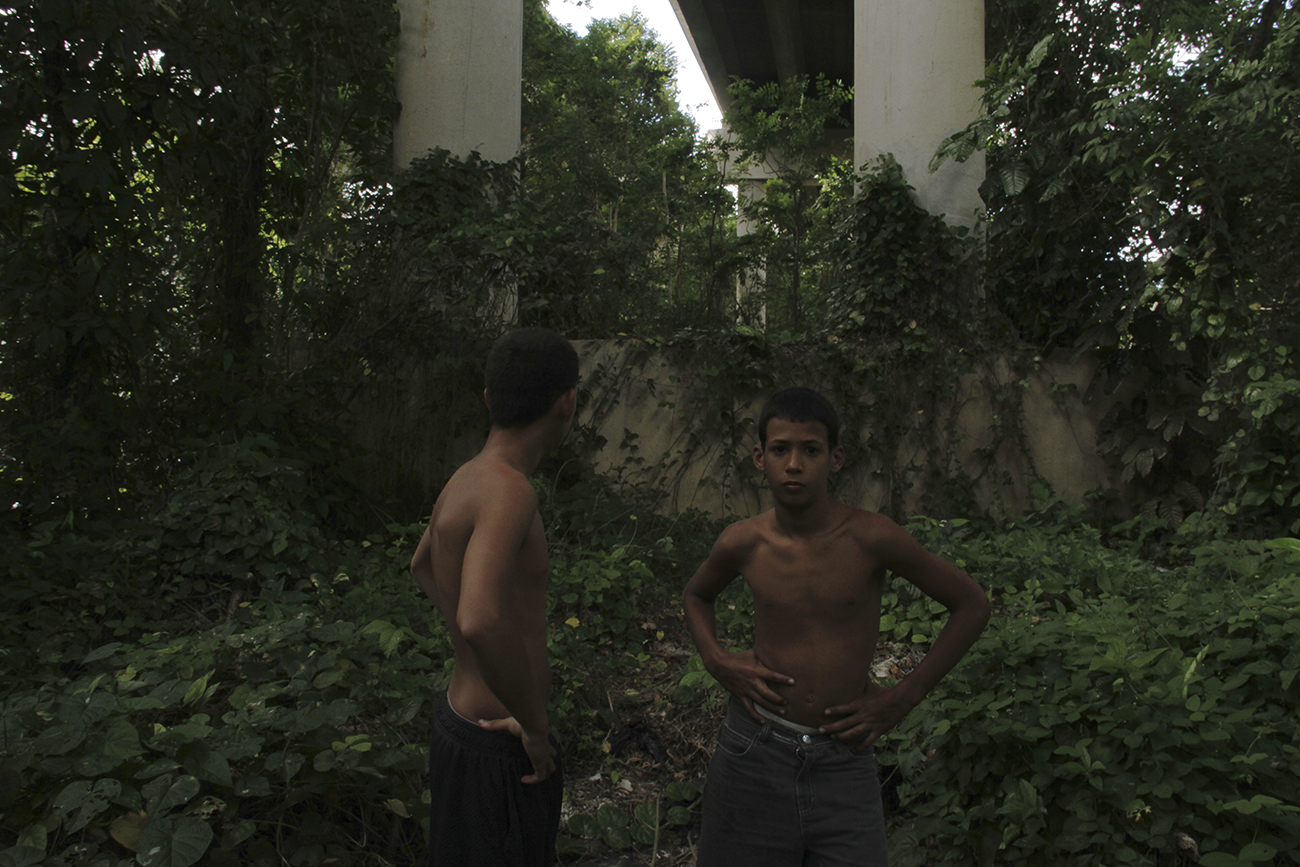Selection 13: Beatriz Santiago Muñoz
The prominent Puerto Rican filmmaker and artist Beatriz Santiago Muñoz’s observational style aligns with sensibilities of documentary film while blurring the boundaries between fact and fiction. Santiago Muñoz’s work, despite its apparent simplicity, stems from extensive research, observation, and documentation. Collaborating with nonactors while encouraging improvisation, the artist explores notions of artifice, authenticity, and narrative, and how they shape our understanding of history and identity. Within this process, the camera is an instrument of mediation between those in front of and behind the lens. The mutual recognition of each other’s presence is thus the starting point for establishing pivotal audiovisual connections, which form the conceptual basis of Santiago Muñoz’s work.
This selection of older films and videos by Beatriz Santiago Muñoz is organised in dialogue with Oriana, the artist’s solo exhibition at argos in Brussels. Whereas Oriana consists of a single multi-channel installation that is produced site-specifically for the argos building, this screening focuses on key single-channel works.
This program is curated by Fernanda Brenner and Niels Van Tomme. The films are presented in collaboration with argos, Brussels, where the exhibition Oriana is on view, the first Belgian solo exhibition of Beatriz Santiago Muñoz.




